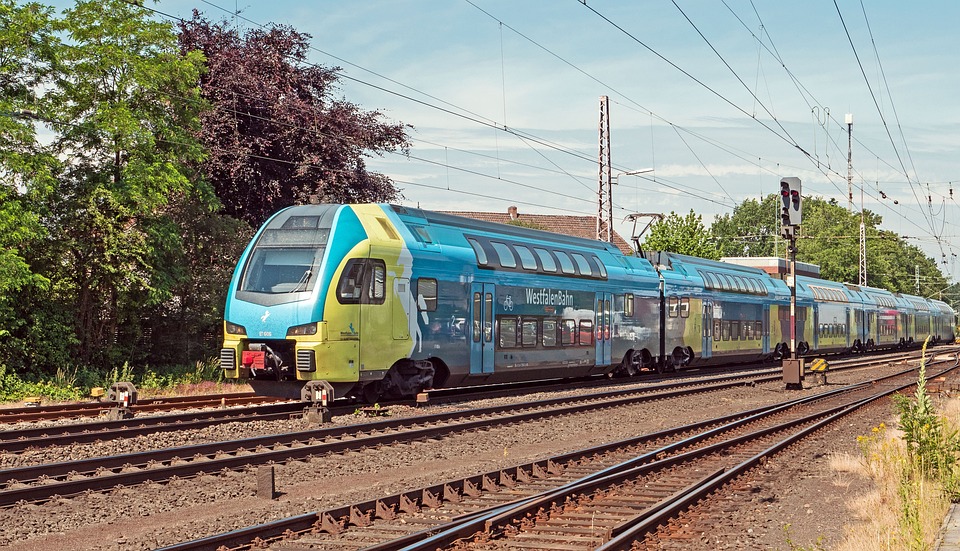From the Ground Up: Grassroots Efforts in Regional Revitalization
In recent years, there has been a growing trend of grassroots efforts playing a significant role in regional revitalization. From small towns to larger cities, communities are coming together to address issues such as economic decline, population loss, and the loss of cultural heritage. Through grassroots initiatives, local residents are taking the lead in shaping the future of their communities and driving positive change from the ground up.
Empowering Communities
One of the key aspects of grassroots efforts in regional revitalization is the empowerment of communities. By mobilizing local residents to participate in the decision-making process, grassroots organizations are able to harness the collective knowledge and resources of the community to address pressing issues. This bottom-up approach ensures that the needs and priorities of the community are taken into account, leading to more sustainable and inclusive revitalization efforts.
Community empowerment can take many forms, from organizing community meetings and workshops to creating grassroots advocacy campaigns. By giving residents a voice in the revitalization process, grassroots organizations are able to foster a sense of ownership and pride in the future of their community. This empowerment not only leads to more effective solutions but also builds stronger social connections and networks within the community.
Preserving Cultural Heritage
Another important aspect of grassroots efforts in regional revitalization is the preservation of cultural heritage. Many communities are facing the threat of losing their unique identity and history due to economic changes and urbanization. Grassroots organizations are working to preserve and celebrate the cultural heritage of their communities through initiatives such as historic preservation projects, cultural festivals, and community arts programs.
By highlighting the cultural assets of a community, grassroots efforts help to attract tourists and visitors, contributing to the economic revitalization of the region. In addition, preserving cultural heritage can also have social benefits, such as fostering a sense of pride and belonging among residents. By valuing and promoting their cultural heritage, communities can create a sense of identity and cohesion that enhances the overall well-being of the region.
Building Sustainable Economies
Grassroots efforts in regional revitalization are also focused on building sustainable economies that benefit all residents. This includes initiatives to support local businesses, promote entrepreneurship, and create jobs that can provide meaningful opportunities for community members. By investing in local economies, grassroots organizations are able to strengthen the economic resilience of the region and reduce dependency on external sources of income.
One common approach to building sustainable economies is through the development of local food systems. By supporting farmers markets, community gardens, and food cooperatives, grassroots organizations are able to promote healthy eating habits, create jobs in the agricultural sector, and reduce food insecurity in the region. These efforts not only benefit the local economy but also promote environmental sustainability and community well-being.
Fostering Social Inclusion
Lastly, grassroots efforts in regional revitalization are focused on fostering social inclusion and equity within the community. In many regions, certain groups of residents, such as low-income families, minorities, and immigrants, may face barriers to accessing resources and opportunities. Grassroots organizations are working to address these disparities through initiatives that promote social inclusion, diversity, and equality.
By providing support services, organizing community events, and advocating for policy changes, grassroots organizations are able to create a more inclusive and welcoming community for all residents. By valuing diversity and promoting equity, these efforts help to build a stronger, more cohesive community that benefits everyone. Through their commitment to social inclusion, grassroots organizations are helping to create a more just and equitable society for all.
In conclusion, grassroots efforts in regional revitalization play a crucial role in shaping the future of communities across the country. By empowering communities, preserving cultural heritage, building sustainable economies, and fostering social inclusion, grassroots organizations are able to address the complex challenges facing regions today. Through their dedication and commitment to positive change, grassroots efforts are helping to create vibrant, resilient, and inclusive communities that benefit all residents.
